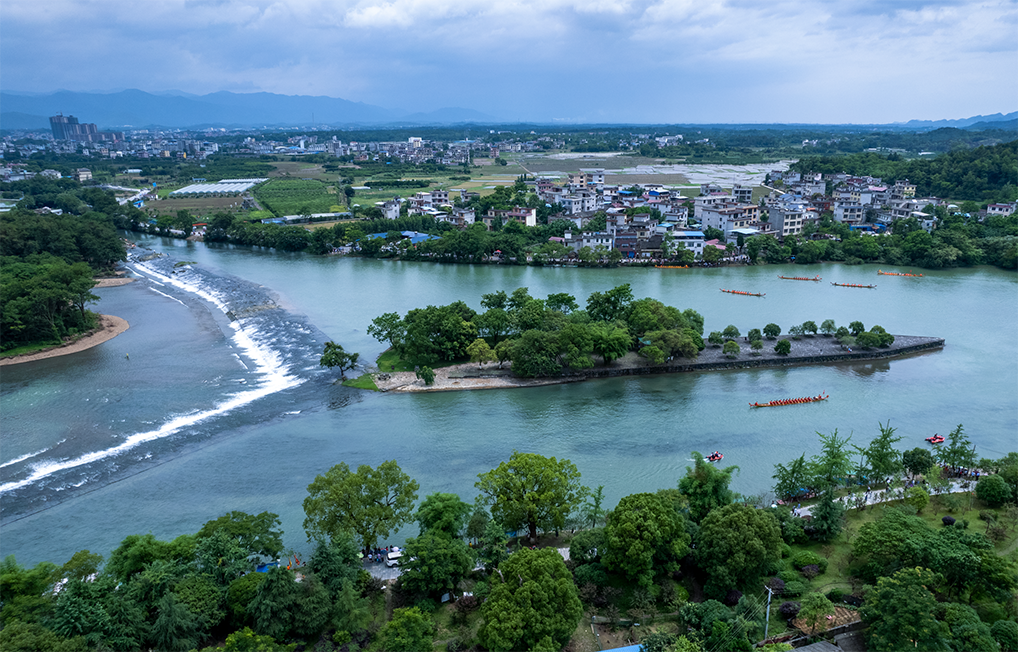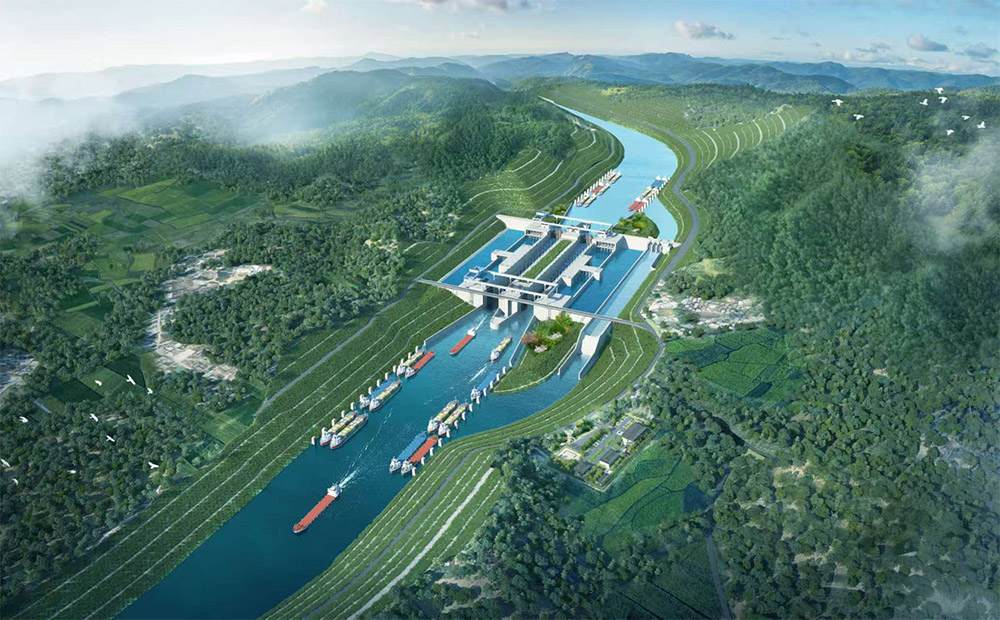复活与坚持:关键选择
Revitalization and Preservation: a Crucial Choice
Some countries' ancient canals and their heritage are facing many challenges and key choices on the path of transformation, such as: which should be changed and which should be preserved? How to adapt natural and cultural heritage to modern society while preserving it? Ultimately, we need to make a choice between achieving the ultimate goal of development and its costs. Discussions around challenges and choices have universal value.
Learn more



